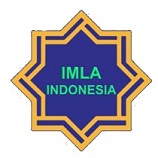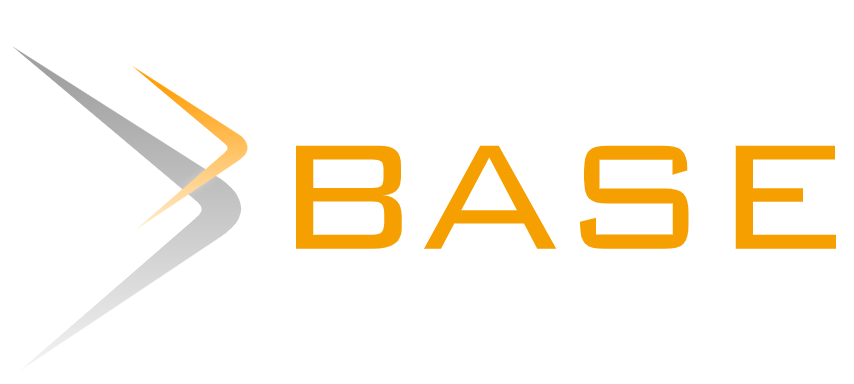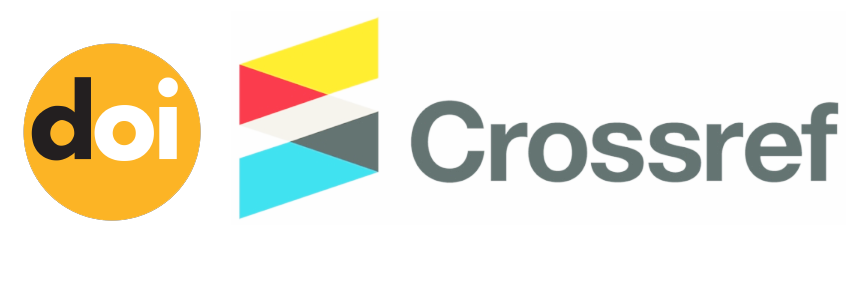IRAN-US RELATIONS AFTER THE DEATH OF QASSEM SOLEIMANI
Abstract
Iran-United States relations have up and down. Some sharp diplomatic statements made by the US president, Donald Trump, as well as the president of Iran, Ayatullah Khomeini. In fact, the sanctions that must be accepted by the US against Iran are embargo sanctions. This article aims to analyze how the future relations between Iran and the United States. Cooperation between the two countries has a history that dates back to the Cold War. Relations between these two countries based on a variety of interests, including economic, political, military, ideological, and security considerations . The theory used in this research is balance of power theory. The US has major interest in the Middle East and Iran is a rival of the US in achieving that interest. Nevertheless, many US foreign policies are caused tension between the two countries. Conversely, Iran has considerable economic importance, but the role of the Iran government elite also has a significant influence in the determination of their foreign policy. The findings in this study, despite challenges and complicated processes, the US and Iran are eternal rivals in the fusion of power and political influence in the Middle East, and relations between both will continue to fluctuate .
Keywords
Full Text:
PDFReferences
Barry, Rubin, 1980, Paved With Good Intention: The American Experience and Iran, New York: Oxford University Press.
Barzegar, Kayhan. ”Iran–US Relations in the Light of the Nuclear Negotiations”, The International Spectator, Vol. 49, No. 3, September 2014, 1–7.
Dabashi, Hamid. ”Who is the 'Great Satan'?”,https://www.aljazeera.com/indepth/opinion/2015/09/great- satan-150920072643884.html, diakses pada 31 Agustus 2020.
Fisher, Max. ”Is There a Risk of Wider War With Iran?”, https://www.nytimes.com/2020/01/03/world/middleeast/us-iran- war.html, diakses pada 31 Agustus 2020.
Gogary, A. E. 2006. Ahmadinejar: The Nuclear Savior of Teheran. Kairo: Darul Kitab Al-Arabi.
Hass, Richard N. 2005. "Regime Change and Its Limits," Foreign Affairs 48: 66.
Hatzman, Henneth. ”Iran: Internal Politics and U.S. Policy and Options”, Congressional Research Service, 13 Agustus 2019.
Katzman, Kenneth, ”Iran: Current Developments and U.S. Policy”, Congressional Research Service, 26 Juni 2003.
Kemp, Geoffrey, ”The Reagan Administration”,https://iranprimer. usip.org/sites/default/files/The%20Reagan%20Administration1.pdf, diakses pada 31 Agustus 2020.
Khatami, M. 1998. Membangun Dialog Antarperadaban: Harapan dan Tantangan. Bandung: Mizan.
Khomeini, Rouhollah. 1981. "Islamic Government," In Islam and Revolution: Writing and Declarations of Imam Khomeini, Translated and Annotated by Hamid Algar, Berkeley, pp. 59-61.
Kompas, 2008. PBB Perberat Sanksi untuk Iran. Jakarta: Kompas.
Laub, Z. 2015. International Sanctions on Iran. Council on Foreign Relations, https://www.cfr.org/backgrounder/international-sanctions-iran, diakses pada 31 Agustus 2020.
McGlinchey, Stephen. ”Iran’s Nuclear Ambitions Under The Shah and Ayatollahs”,https://smallwarsjoural .com/jrnl/art/iran%E2%80%99s-nuclear-ambitions-under-the-shah- and-ayatollahs, diakses pada 31 Agustus 2020.
Naji, K. 2008. Ahmadinejad: The Secret History of Iran's Radical Leader. California: University of California Press.
Nuechterlein, Donald E. 1978. ”National Interests and Presidential Leadership: The Setting of Priorities”, Boulder, CO: Westview Press.
Nuruzzaman, M. 2012. Conflicts between Iran and the Gulf Arab States: An Economic Evaluation. Gulf University for Science and Technology Kuwait, https://www.researchgate.net/publication/271669914_Conflicts_between_Iran_and_the_Gulf_Arab_States_An_Economic_Evaluation, diakses pada 31 Agustus 2020.
Phoenna, Riezky Poetra dan Harmiyati, ”Perubahan Kebijakan Luar Negeri Iran di Era Presiden Hassan Rouhani”, Volume 19, Nomor 1, September 2016.
Rohman, M. A. 2003. Iran Pasca Revolusi, Fenomena Pertarungan Kubu Reformis dan Konservatif. Jakarta: Kompas.
Salsabila, Fenny Rizka dan Dina Yulianti. 2019. ”Security Dilemma dalam Ketegangan AS-Iran Pasca Serangan Kapal Tanker di Teluk man”, ICMES Volume 3, No. 2.
Shear, Michael D. , Eric Schmitt, Michael Crowley and Maggie Haberman, ”Strike on Iran Approved by Trump, Then Abruptly Pulled Back”,https://www.nytimes.com/20 19/06/20/world/middleeast/iran-us-drone.html, diakses pada 31 Agustus 2020.
Simanjuntak, D. D. 2008. Ahmadinejad Menentang Amerika: Dari Nuklir Iran, Zionisme, Penyangkalan Holocaust. Yogyakarta: Narasi.
Simbar, Reza. 2006. ”Iran and the US: Engagement or Confrontation”, Journal of International and Area Studies, Vol. 13, No. 1.
Statement from the President on the Designation of the Islamic Revolutionary Guard Corps as a Foreign Terrorist Organization, https://www.whitehouse.gov/briefings-statements/statement-president-designation-islamic-revolutionary-guard-corps-foreign-terrorist-organization/, diakses pada 31 Agustus 2020.
Tabatabai, A.M. 2019. Iran’s National Security Debate Implications For Future US Iran Negotiations. RAND Corporations Paper, https://www.rand.org/pubs/perspectives/PE344.html, diakses pada 31 Agustus 2020.
Ukrainian plane crash in Iran: Five things to know, https://www.aljazeera.com/news/2020/01/ukrainian-plane-crash-iran- 200110132358649.html, diakses pada 31 Agustus 2020.
Iran's Soleimani killed in US air raid: All the latest updates”, 4 Januari 2020, https://www.aljazeera.com/news/20 20/01/iran-tensions-latest-updates-200103022407743.html, diakses pada 31 Agustus 2020.
https://www.globalfirepower.com/country-military-strength- detail.asp?country_id=iran, diakses pada 1 Agustus 2020.
https://www.globalfirepower.com/country-military-strength- detail.asp?country_id=united-states-of-america, diakses pada 1 Agustus 2020.
https://www.worldometers.info/coronavirus/country/iran/, diakses 31 Agustus 2020.
DOI: https://doi.org/10.20961/cmes.14.2.50830
Refbacks
- There are currently no refbacks.
Copyright (c) 2021 Jurnal CMES

This work is licensed under a Creative Commons Attribution-ShareAlike 4.0 International License.
| Copyright of CMES ISSN 2085-563X (print) and ISSN 2502-1044 (online) CMES Journal is licensed under a Creative Commons Attribution-ShareAlike 4.0 International License. | CMES (Center of Middle Eastern Studies) Print ISSN: 2085-563X Online ISSN: 2502-1044 Website: https://jurnal.uns.ac.id/cmes/index Email: cmes@mail.uns.ac.id Published by: Arabic Literature Department, Faculty of Cultural Science, Universitas Sebelas Maret Ir. Sutami Street, No. 36A, Surakarta, Jawa Tengah 57126 Phone: +62 822-4000-2313 |















